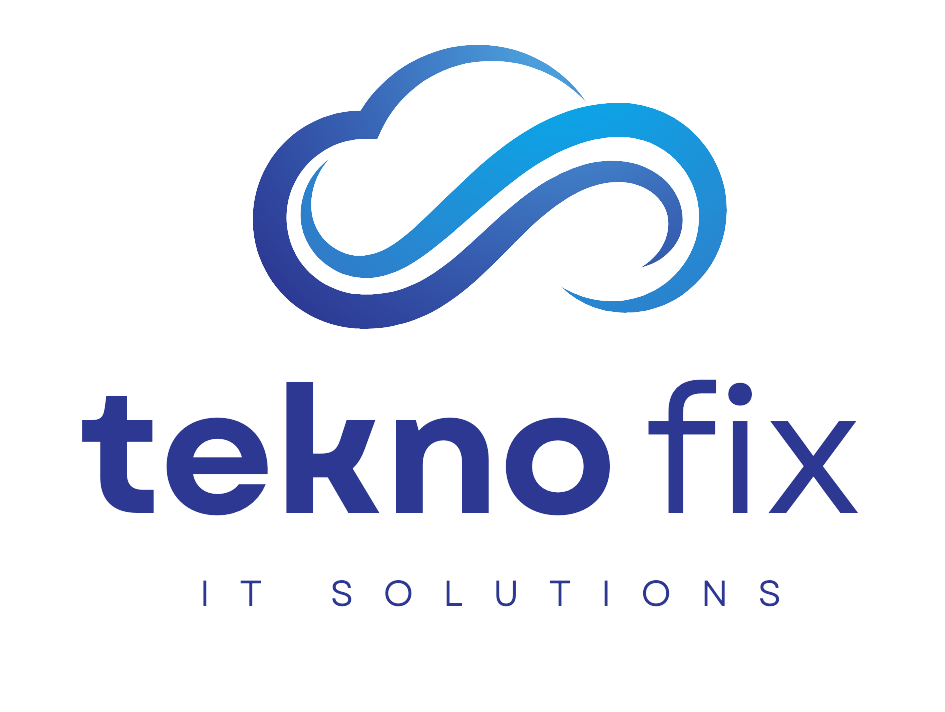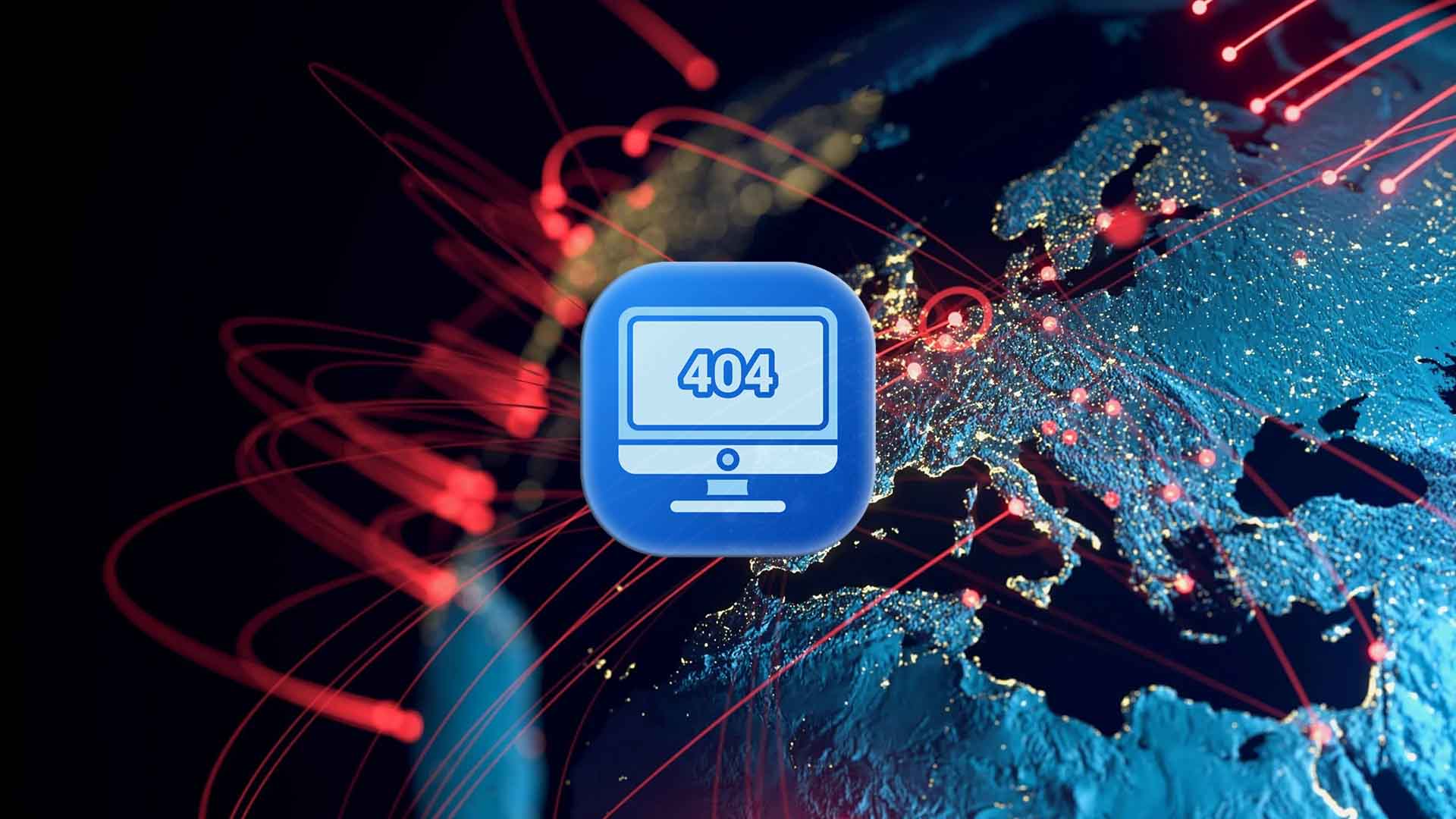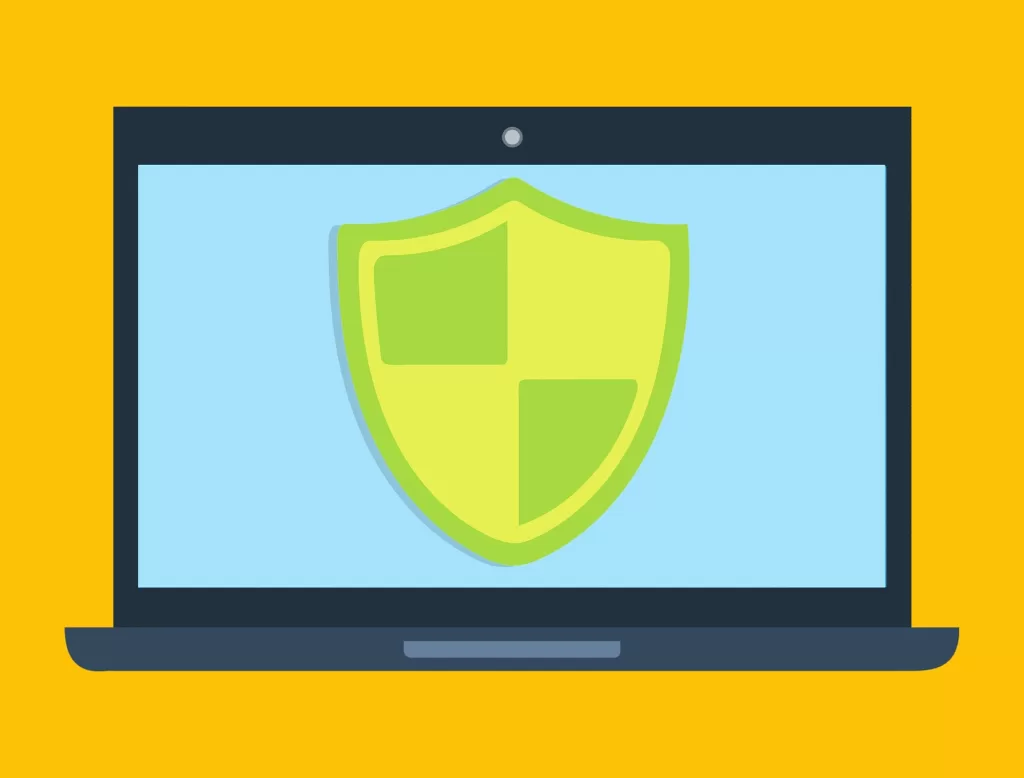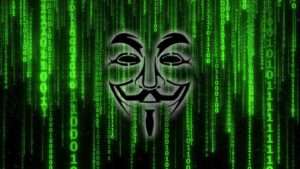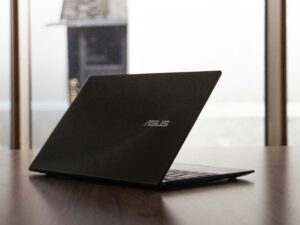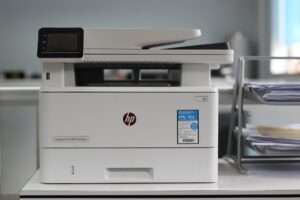Last updated on February 11th, 2025 at 01:04 pm
On July 19, 2024, the world witnessed an unprecedented technological catastrophe that brought global infrastructure to its knees. A single faulty software update from cybersecurity giant CrowdStrike triggered a widespread outage, impacting millions of Windows computers globally and causing approximately $10 billion in financial damage.
What Caused The CrowdStrike Outage?
The global outage stemmed from CrowdStrike’s Falcon security software, which operates at a deep level within the Windows operating system. At 04:09 UTC, CrowdStrike released a Rapid Response Content update for its Falcon Sensor security software.
This routine update, intended to adapt to evolving cyber threats, contained a critical flaw that caused Windows computers to crash, displaying the infamous Blue Screen of Death (BSoD). The faulty software update introduced a memory safety issue in the CSagent.sys driver.
This driver is responsible for core security functions and operates at the kernel level of the Windows operating system. The faulty code within the driver resulted in a read-out-of-bounds access violation, meaning it attempted to read data from a memory location outside of its designated boundaries.
This led to many Windows systems to either boot into recovery mode or go into a boot loop, as well as operational disruptions in Microsoft’s cloud infrastructure. Despite what some people believed, it’s worth noting that the CrowdStrike outage was not caused by any actions or failures on the part of Microsoft.
What Industries Were Affected By The CrowdStrike Outage?
The CrowdStrike outages affected many critical operations and services. Here’s a list of the industries that were impacted:
- Airlines: Major carriers like Delta, American, and United halted flights globally.
- Finance: Companies such as Bank of America, Barclays, Charles Schwab, and Chase experienced significant disruptions.
- Healthcare: 3M Health Information Systems, Blue Cross Blue Shield, Cleveland Clinic, and Cigna faced critical system failures.
- Media: Broadcasting networks such as Australian Broadcasting Corporation, NBC News, Sky News faced technical difficulties that impacted their broadcasts.
- Retail: Amazon, Best Buy, and 7-Eleven struggled with inoperable systems.
The outage swept across time zones, affecting businesses from Asia to the Americas, with nearly 60% of Fortune 500 companies impacted.
CrowdStrike’s Response
In the immediate aftermath of the outage, CrowdStrike’s response faced criticism for perceived delays in communication. Many customers felt that the company was slow to acknowledge the severity of the problem and to provide clear guidance on how to mitigate its impact. However, as the situation unfolded, CrowdStrike took several key steps:
Public Apology and Transparency
CrowdStrike CEO George Kurtz issued a public apology, acknowledging the disruption and expressing deep regret for the impact on customers and partners. The company committed to a thorough investigation to identify the root cause and implement corrective measures.
Customer Support and Compensation
CrowdStrike expanded its customer support operations to handle the surge in inquiries and provided financial compensation to affected customers. This included free service extensions and additional support resources to assist with recovery efforts.
Strengthening Internal Processes
Following the incident, CrowdStrike undertook a comprehensive review of its software development and deployment processes. This included enhancing testing protocols, adopting phased rollouts for updates, and implementing stricter quality control measures.
How To Fix CrowdStrike Outage On Windows 10/11
To fix CrowdStrike blue screen of death on your Windows PC, follow these steps:
- First, go to the Start Menu, select Power, then hold the Shift key while clicking Restart.
- You will now enter advanced boot options. Under Choose an option, click Troubleshoot.
- Under Troubleshoot, select Advanced options.
- Under Advanced options, choose Command Prompt.
- The command prompt will now open. Type in the following command, then press Enter:
| del C:\Windows\System32\drivers\CrowdStrike\C-00000291.sys |
The faulty driver that caused the CrowdStrike blue screen of death will now be removed.
How To Fix CrowdStrike Outage Using Microsoft Recovery Tool
Microsoft released a recovery tool that you can use to fix the CrowdStrike outage. For this method, you will need a flash drive with at least 1GB of free space, Administrative privileges to use the tool, and BitLocker recovery keys if necessary.
How To Set Up Microsoft Recovery Tool
Follow these steps to set up the Microsoft Recovery Tool on a separate machine:
- First, download the Microsoft Recovery Tool, then extract it using WinZip.
- Run MsftRecoveryToolForCS.ps1, then wait for the ADK download to finish.
- Once it is installed, you will be prompted to optionally choose a driver directory for image import. Select N to skip this step.
- When prompted, insert a flash drive and provide the drive letter.
- Once the USB creation finishes, remove the flash drive from the PC.
How To Fix The CrowdStrike Outage On Affected PC
You can now repair the CrowdStrike blue screen of death using the flash drive you just created. Let’s get started:
- Insert the flash drive into the impacted computer, then reboot it.
- During restart, press F12 (or follow the manufacturer’s instructions for booting into the PC’s BIOS settings)
- When you enter the BIOS boot menu, choose Boot from USB.
- If Bitlocker was enabled on the PC, enter the recovery key to continue.
- The recovery tool will now run a script that will repair the CrowdStrike blue screen of death.
- Once finished, remove the flash drive and reboot the PC.
How Long Did It Take for Companies to Recover from the CrowdStrike Outage?
The recovery time from the CrowdStrike outage varied significantly among businesses, but for most organizations, it took several days to weeks to fully recover:
July 25, 2024 (6 days after the incident): CrowdStrike reported that 97% of affected Windows sensors were back online.
July 29, 2024 (10 days post-incident): approximately 99% of affected Windows sensors were reported to be back online.
Businesses that didn’t use BitLocker and had robust IT teams were able to recover within a few days, while those with extensive IT infrastructure and encrypted drives took weeks and even months take months to fully recover all affected systems.
Moving Forward: Strengthening IT Practices
Despite the challenges CrowdStrike faced, the company reported a 97% customer retention rate and continued revenue growth in subsequent quarters. This underscores the importance of swift, decisive action and a commitment to learning from mistakes.
For businesses and IT professionals, the lessons from this incident are clear: prioritize rigorous testing, adopt phased rollouts, maintain transparent communication, and build resilient IT infrastructures. By taking these steps, organizations can better prepare for and mitigate the risks associated with software updates and IT operations.
CrowdStrike FAQ
What Is CrowdStrike?
CrowdStrike is one of the leading cybersecurity firms in the world, with over 500 clients that include Google, Amazon, and Intel. Founded in 2011, CrowdStrike offers cloud-based security solutions to businesses all over the globe. Its tool, named Falcon, provides endpoint detection using artificial intelligence to prevent Windows computers from getting malware. It’s also the reason many industries around the world suffered a major IT outage.
How Does CrowdStrike’s Falcon Work?
Falcon is third-party software that works by integrating with Windows at a low level. It often uses kernel mode drivers to detect suspicious behavior inside your computer. It also collects telemetry data and produces reports, as well as other features that can help protect PCs from cyber-attacks. Because it sits in a critical path of the computer, if it fails, the entire computer fails as well.
Was The CrowdStrike Outage Caused By A Cyber-Attack?
No, it wasn’t. According to CrowdStrike, the blue screen of death was caused by a faulty update that was dispatched on July 19, 2024. Billions of computers were affected by this update, and it led to many major airline disruptions, as well as banks, hospitals, and even TV broadcasting stations being impacted by this defected update.

